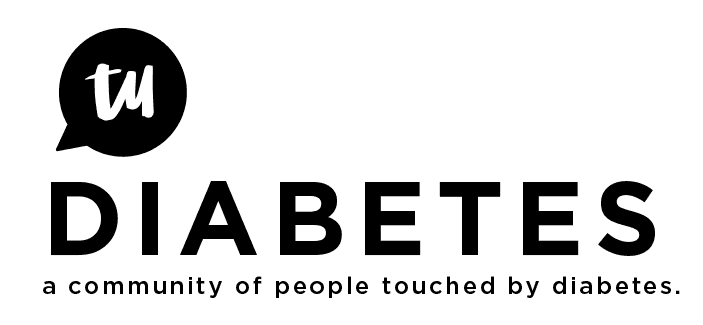There have been many comments recently that Time-In-Range (TIR) is becoming the preferred metric of determining management of blood glucose (bg).
I have found that there is no one metric that is particularly effective. Later I will attempt to explain which of the two metrics combined are the most effective (in my opinion). Do you remember “My Cousin Vinny” where the judge (Ted Cassidy) made Joe Pesce start every sentence with “In my opinion”? Assume all my statements begin with that phrase.
As an illustration let’s assume that for illustrative purposes the ideal situation is that BG remains at 115 or reasonably close all the time.
T-I-R. If you use the “standard” T-I-R, the range would be 70-180. If your BG was 180 all the time your T-I-R would be 100% which is as far from ideal as possible while still being in range. Luckily we don’t need to use the standard range and can set our own ranges which could make T-I-R a much improved metric.
Average BG. Let’s assume your BG was 70, 50% of the time and 160, 50% of the time. Your average BG would be 115 but you would be close to low 50% of the time and close to high 50% of the time. Not a great metric.
Standard Deviation If you were 70 or 180 or 150 all the time your standard deviation would be 1 but that would not represent a meaningful measure of “good management”.
T-I-R and Average BG Combined Same explanation as “Average BG”. Your average BG would be 115 AND you T-I-R would be 100%.
but you could be close to low 50% of the time and could be close to high 50% of the time.
T-I-R and Standard Deviation Same explanation as “Standard Deviation”. This is the most misrepresentative of "good control. If you were 180 all the time your T-I-R would be 100% and your standard deviation would be 1. Perfect control. Hardly.
Average BG and Standard Deviation. This I believe is the most meaningful combination. If your average BG is close to you ideal BG and your standard deviation is low that you have good BG control because the average is good and your variation (standard deviation) are narrow. If the average is due to an average of mostly highs and mostly lows then you standard deviation would be high. So it requires both metrics to be close to ideal.
In my opinion, a Low Average BG and Low Standard Deviation is the combination we should shoot for and T-I-R (unless it is a fairly narrow range) is not worthy of the high praise it is currently getting.
Other opinions?


